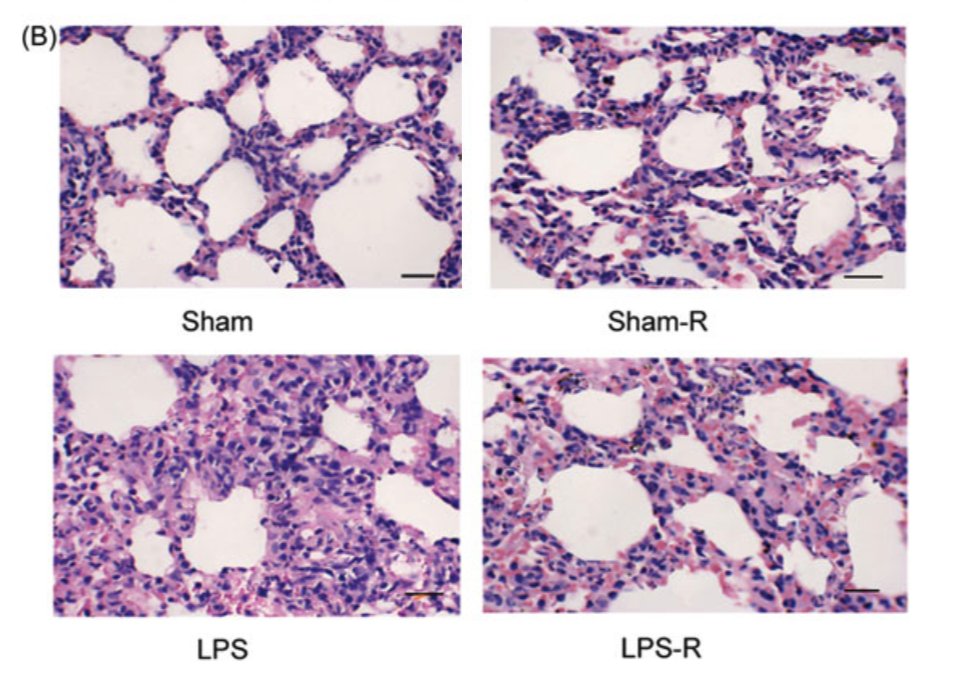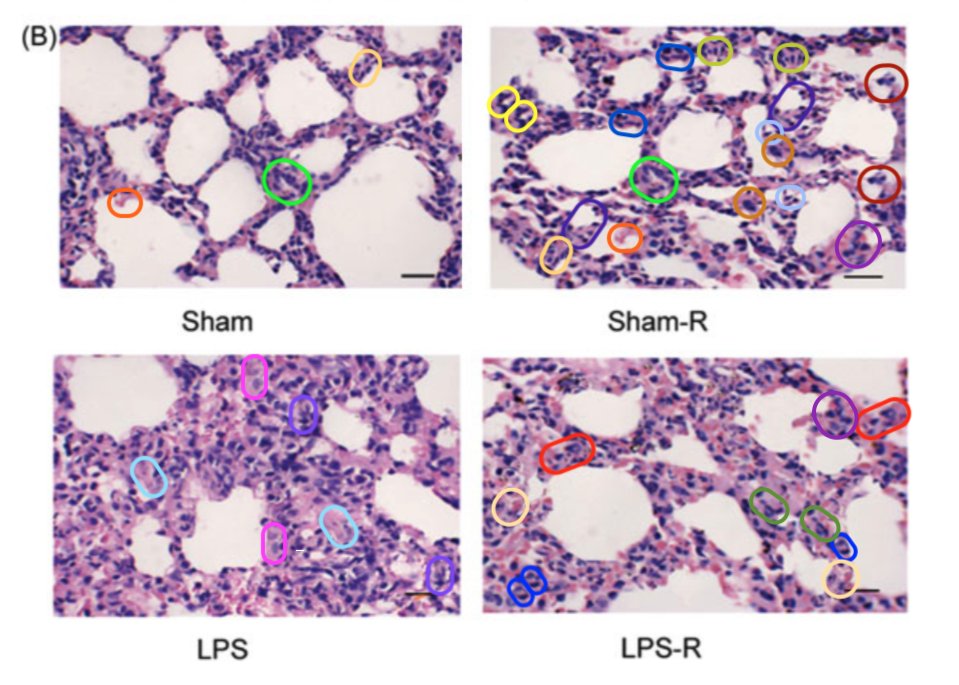There is an increasing awareness of faked scientific papers, not just in predatory journals but also renowned publishing companies like Wiley, Karger, Elsevier. Even German Spiegel reported now on that based on an excellent article by@schneiderleonid that is itself based on work of Indigofera Tanganyikensis, @MicrobiomDigest, @SmutClyde, and many others.
In China, clinicians are expected to publish a certain number of research papers in international journals if they want to be promoted. The easiest way is to pay a paper mill, which seem to provide a full service: an English-speaking research paper containing Photoshop-generated fake research data, in a respectable peer-reviewed journal, with your name on it.


The big problem is the move now from isolated ghostwriters to big paper mills:
We have also witnessed the submission of identical template‐style manuscripts to multiple journals at the same time, presumably to increase the likelihood that the manuscript will be accepted. This practice could greatly amplify the burden of paper mill manuscripts on journals and peer reviewers. A high‐throughput approach to manuscript generation in the absence of experimentation could also result in paper mill manuscripts and publications presenting with features that are rarely found in genuine manuscripts.